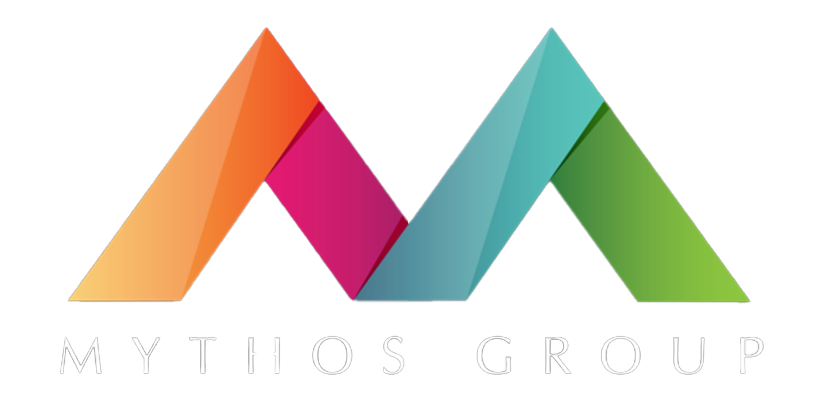A Leader’s Guide To Creating A Human-Centric Culture
In a world of emerging technologies, a human-oriented workplace is increasingly desirable across industries. More than four in five employees say that it’s important for their organization to see them as a person and not just an employee, yet less than half of employees believe their employer actually sees them this way.
Employees are progressively valuing things like:
- Deeper connections inside and outside of work
- Personal growth
- A sense of purpose
- Well-being support
- Trust and autonomy
In this article, we cover the importance of a human-centric work culture and how to successfully create one as a corporate leader.
Benefits Of A Human-Centric Workplace
Creating an employee-centric company culture doesn’t just benefit employees – it benefits the business. Evidence shows a human-centric culture can:
- Increase productivity
- Improve employee engagement
- Attract and retain top talent
- Elevate customer interactions
- Increase employee loyalty
To fully understand the gravity of keeping your employees happy, you should know that a negative workplace culture is the top reason people quit their jobs in 2022. Culture was ranked higher in importance than salary, work-life balance, and remote work options.
Cultivating a human-focused culture is especially important in today’s age when more than one in four Americans fear their job will be overtaken by AI. Employees need to feel valued and seen to achieve a sense of job stability.
Why Setting Your Corporate Strategy First Is Non-Negotiable
A corporate strategy is a long-term plan that outlines goals to improve your company. This strategy should include frameworks for a human-oriented culture that tie directly into your operations and business strategy. If a valuation of your human workforce isn’t already built into your strategic planning, you need to start there.
Once your corporate strategy is set, you need to develop a human-centric culture that supports it. You can do this by tying culture initiatives to your company’s core values in a way that backs up your mission.
Creating a human-centric workplace culture needs to stem from the heart of your business. If developing a positive culture isn’t a part of your organization’s mission and vision, any short-term tactics you employ to increase employee happiness will not be sustainable.
Remember: You hire people because they’re smart. Thus, they can tell when a company is not being genuine. That’s why laying a solid foundation for these changes with a corporate strategy is essential to bettering your company culture.
Ways To Humanize Your Workplace
Now that you have a solid corporate strategy that prioritizes the human value of your workforce, here are a few ways you can work to better your workplace culture.
Focus On Employee Wellness
Research by Deloitte found that more than 90% of employees believe their work plays a role in their overall well-being. Additionally, 68% of employees and 81% of C-suite executives believe improving their well-being is more important than progressing their career.
Employee wellness programs can:
- Lessen stress and burnout
- Heighten employee morale
- Decrease absenteeism
- Save employees AND companies money in health care costs
- Improve employee engagement
Some examples of employee wellness programs that work include:
- Offering fitness subscriptions
- Allowing pets at work
- Providing access to mental health support
- Organizing community service days
- Offering financial counseling
If you’re really looking to go all out, you can join Google, Uber, and other companies that provide spaces for employees to take power naps at work. Google also offers on-site massages and cooking classes – but that’s just if you’re feeling particularly ambitious.
Recognize Accomplishments
Nobody wants to give a job 110% only for their efforts to go unnoticed. Recognizing employees for a job well done can make a huge difference in morale, and it often doesn’t even cost a dime.
A few examples of how you can recognize employees every day include:
- Spotlighting them on the company’s social media channels
- Creating leaderboards, badges, and certificates for different job functions
- Awarding desirable parking spaces
- Granting surprise time off
- Writing them a recommendation on LinkedIn
Provide Growth Opportunities
Nearly three in four workers say that a lack of learning and development opportunities at work is keeping them from reaching their full potential.
Take a look at your current employee benefits package. Do you offer any stipends for career-relevant classes or conferences? Do you have a mentoring program in place? Are employees even encouraged to grow beyond their roles?
If your answer to those questions is “no,” consider how your company can better prioritize professional development. Even if implementing these programs costs money up front, it’s likely less expensive than paying to replace your employees, which can cost up to two times the employee’s annual salary.
Encourage Work With A Purpose
If you aren’t helping your employees find their purpose, you should be preparing for them to leave. Roughly 70% of employees say that their purpose in life is tied directly to their work, and 62% are in search of even more purpose from their work.
How can you help employees feel purpose in their work?
- Regularly discuss their performance and career goals
- Set up 1:1 regular check-ins to see how they’re feeling about their work
- Tie their individual projects into one of the company’s annual rocks (or business goals)
- Align assignments with the employee’s skills and strengths
- Allow them to move beyond the role they were hired for
Start Now With Corporate Strategy Consulting
In today’s changing and emerging technologies-driven world, companies can’t afford to ignore placing value in their human workforce. If you’re not actively shifting your company’s culture, you’re already behind.
Mythos Group leverages your unique strategic vision, purpose, and culture to develop cost-effective, innovative, and actionable strategies that place you ahead of the competitive curve. Contact us now to revamp your company culture from the inside-out.







